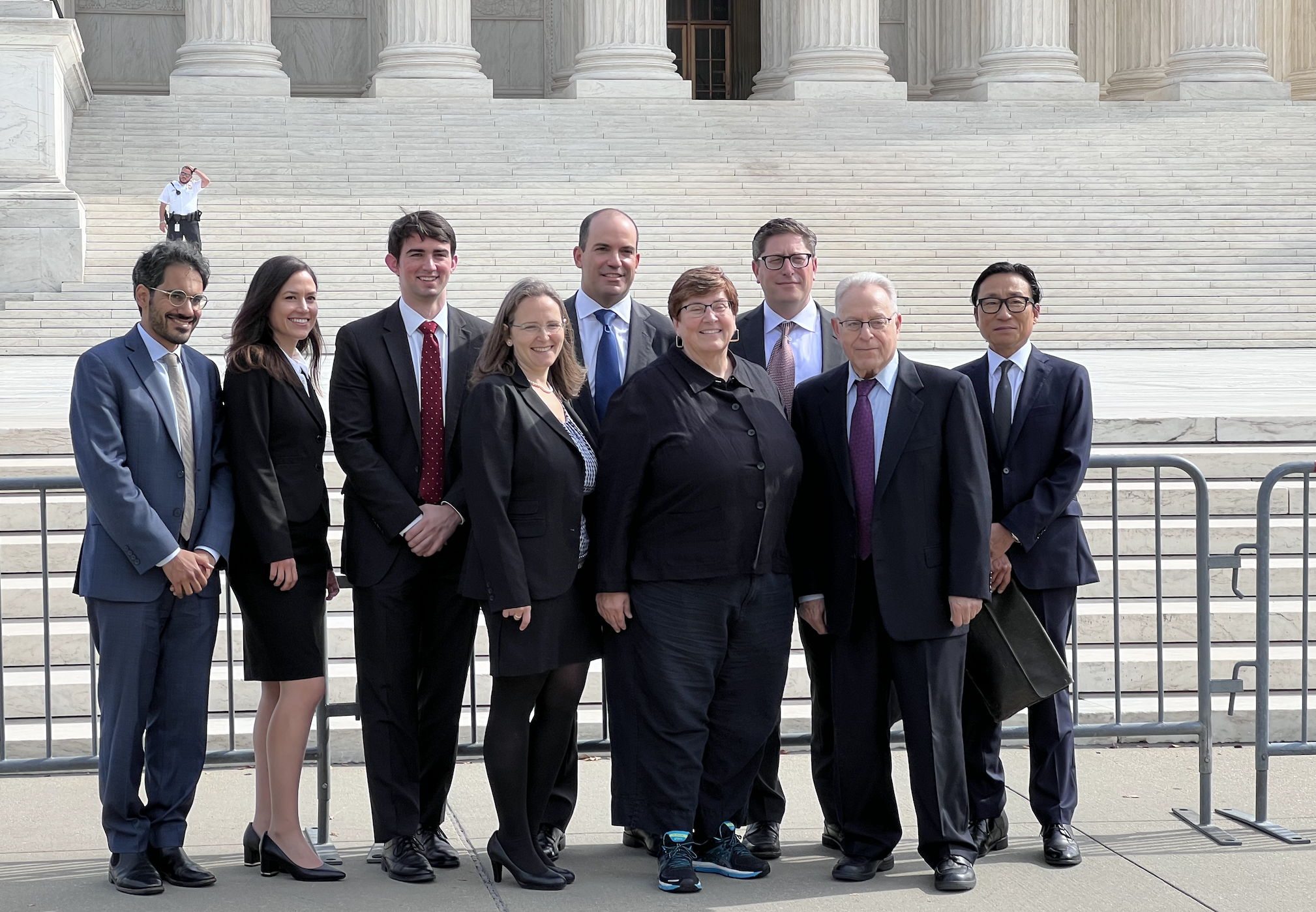The artistic preferences of Supreme Court justices bubbled up from the bench on Wednesday in a dispute over whether a piece by the late pop artist Andy Warhol, which is based on a previous photo of the musician Prince, is “transformative” fair use.
The case in question, Andy Warhol Foundation v. Goldsmith, could affect authors, artists, filmmakers, and other creatives as justices consider whether Warhol infringed on photographer Lynn Goldsmith’s copyright when he used her Prince photograph as the template for a silkscreened image that was published in Vanity Fair or whether Warhol’s work is legally transformative and doesn’t pose a problem.
CONSERVATIVE JUSTICES REJECT HIGH COURT PETITION OVER ‘FETAL PERSONHOOD’ RIGHTS
While analyzing the delicate and often nuanced debate over what freedoms artists can exercise in their work without infringing on existing copyright law, justices mused over subjects ranging from renaissance art to movie adaptations of books.
An appeals court rules that Andy Warhol violated a photographer’s copyright by using her image of Prince without credit: https://t.co/Pu1zPuIDcg pic.twitter.com/e4gz9zNFrS
— Artnet (@artnet) March 31, 2021
Justice Samuel Alito raised hypothetical questions about whether a copy of the Mona Lisa depicted with a different color dress would change the meaning of the original painting.
On the subject of “derivative” works, Justice Amy Coney Barrett cited The Lord of the Rings book trilogy and its movie adaptation directed by Peter Jackson.
The lighthearted subject matter brought many spectators and the justices themselves into roars of laughter, but no other moment topped Justice Clarence Thomas’s admitting his past fandom of the “Purple Rain” singer.
Thomas was discussing his view about copyright law but was interrupted by Justice Elena Kagan. He started by stating, “Let’s say I’m a Prince fan, which I was in the 80s.”
“No longer?” Kagan inquired.
“Well, so, only on Thursday nights,” Thomas responded after pausing for a brief moment.
The dispute over Warhol’s artwork came about in 2017, two years after the death of Prince. The Andy Warhol Foundation preemptively sued the photographer, Goldsmith, in an effort to protect Warhol’s legacy.
Warhol’s foundation won its case at the district court level after an order deemed the artist’s work as transformative and legal under “fair use,” which defends against copyright infringement claims.
But Goldsmith appealed to the U.S. Court of Appeals for the 2nd Circuit, which reversed the lower court decision and held that Warhol’s work was “substantially similar to the Goldsmith photograph as a matter of law.”
Attorneys for Warhol’s foundation see their high court case as a follow-up to the Supreme Court’s 2021 ruling in Google v. Oracle, which held that Google made “transformative” fair use of Oracle’s Java software language to build the Android operating system software on smartphones.
Lisa Blatt, an attorney who argued on behalf of Goldsmith, warned the justices that if they agreed with the Andy Warhol Foundation, it would “decimate the art of photography.”
Siding with Warhol’s foundation would be like “destroying the incentive to create the art in the first place, and it’s obvious why the multibillion-dollar industries of movies, music, and publishing are horrified,” Blatt added.

CLICK HERE TO READ MORE FROM THE WASHINGTON EXAMINER
Roman Martinez, the lead attorney for the Andy Warhol Foundation, told the Washington Examiner after oral arguments that “the court obviously gave a lot of great attention to this case, and we’re just hopeful we put our best case forward.”
The Justice Department also argued on behalf of Goldsmith’s side. A decision in the case is expected by the summer of 2023.

